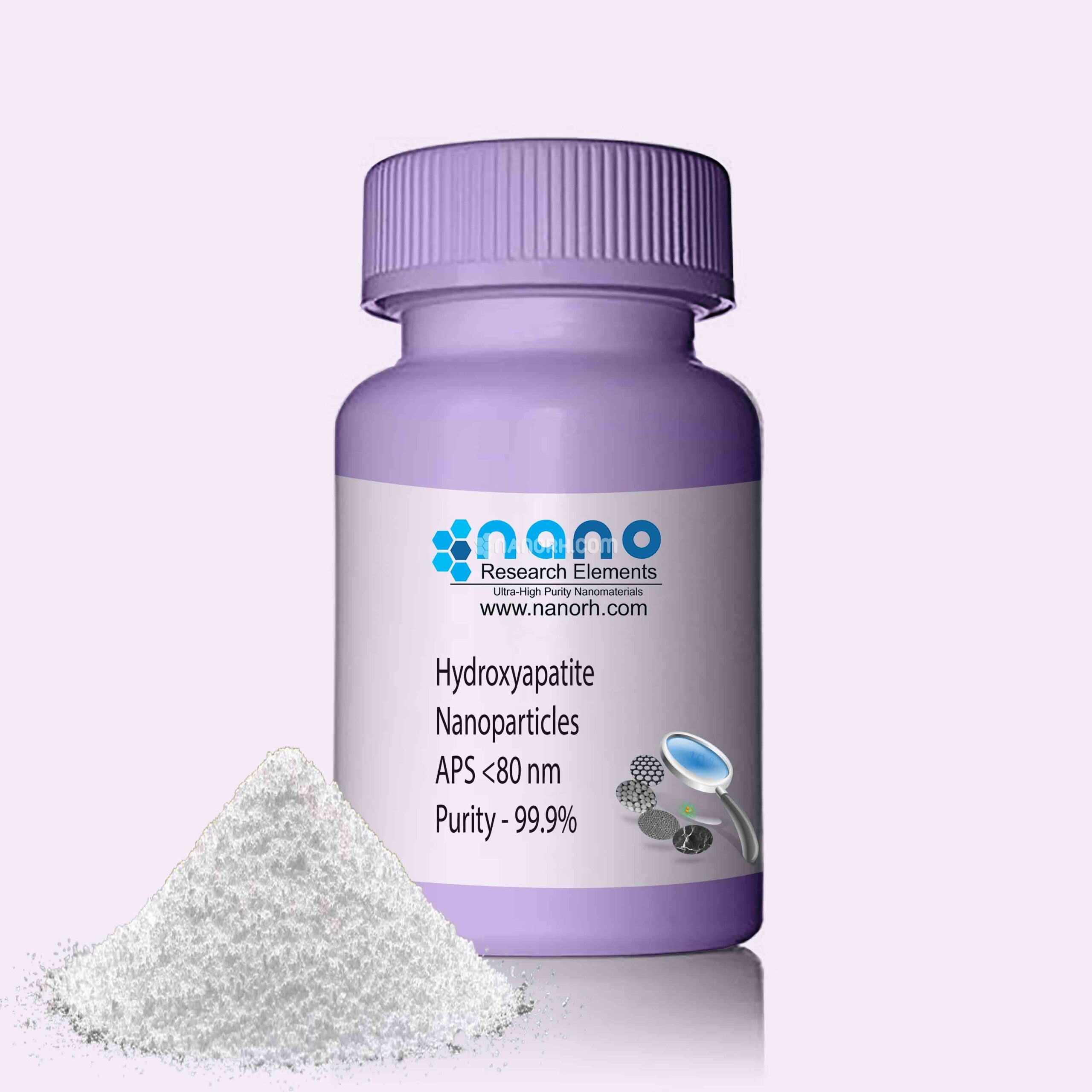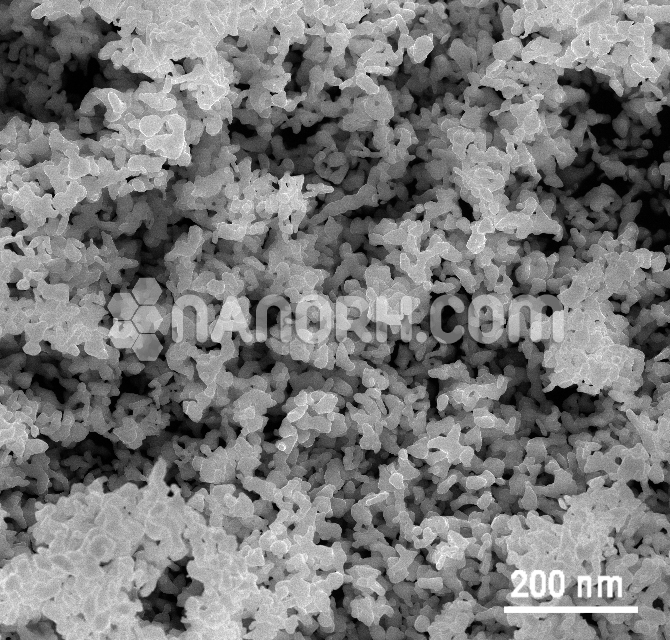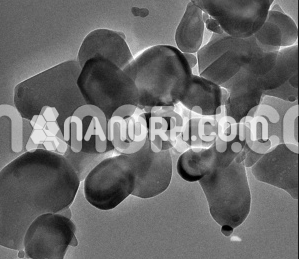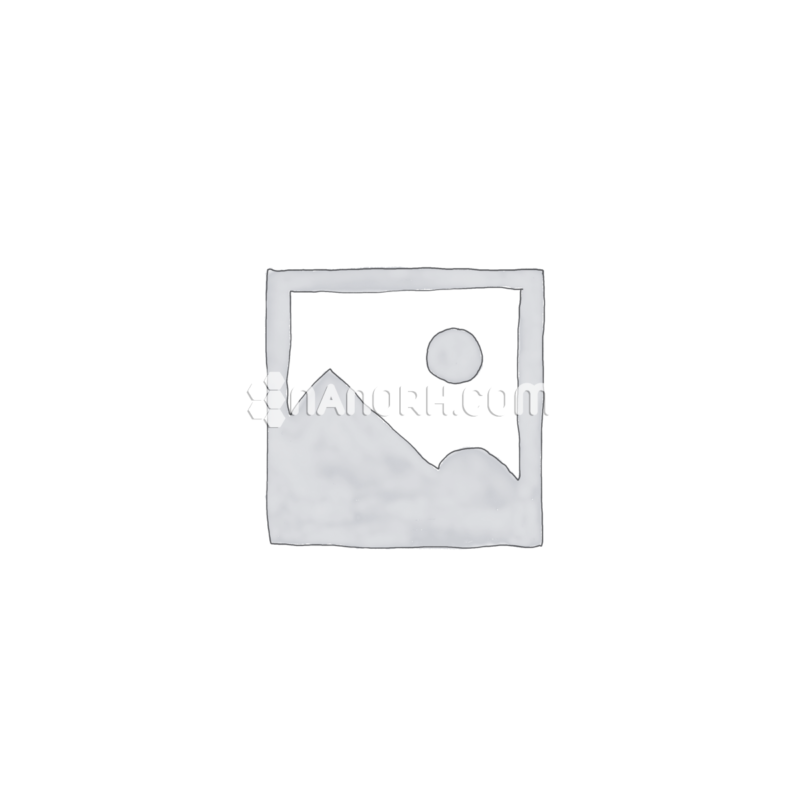| Hydroxyapatite Powder | |
| Product No | NRE-6015 |
| CAS No. | 12167-74-7 |
| Formula | [Ca5(OH)(PO4)3]x |
| APS | <100nm (Can be Customized) |
| Purity | 99.9% |
| Color | White |
| Molecular Weight | 502.31 g/mol |
| Density | 3.16 g/cm3 |
| Melting Point | 1100 °C |
| Boiling Point | NA |
Hydroxyapatite Powder
Use of different synthesis techniques and compounds. Regardless of the ability to determine its physicochemical properties, a conclusion for the correlation with the biological response it is yet to be found. Hence, a special focus on the most desirable properties for an appropriate biological response needs to be addressed. This review provides an overview of the fundamental properties of hydroxyapatite nanoparticles and the characterization of physicochemical properties involved in their biological response and role as a drug delivery system. A summary of the main chemical properties and applications of hydroxyapatite, the advantages of using nanoparticles, and the influence of shape, size, functional group, morphology, and crystalline phase in the biological response is presented. A special emphasis was placed on the analysis of chemical and physical interactions of the nanoparticles and the cargo, which was explained through the use of spectroscopic and physical techniques such as FTIR, Raman, XRD, SEM, DLS, and BET. We discuss the properties tailored for hydroxyapatite nanoparticles for a specific biomolecule based on the compilation of studies performed on proteins, peptides, drugs, and genetic material. A biomaterial is a synthetic material used to replace part of a living system or a material meant to be in contact with living tissue. In this sense, biomaterials can be categorized into polymers, liposomes, micelles, dendrimers, and calcium phosphate (CaP) nanoparticles, where each will show a different type of bioactivity. Bioceramics are known for their high biocompatibility, high chemical stability, and high mechanical strength in vivo. Hydroxyapatite (HAP), chemically known as Ca10(PO4)6(OH)2, is a biocompatible, osteoconductive, and bioactive ceramic with the ability to form direct bonds with living tissues. Although the use of these inorganic nanoparticles poses controversy regarding its safety, the biodegradability and biocompatibility of HAP are significantly better than other nanoparticles. Compared with polymers, HAP poses a pH-dependent dissolution and a higher biocompatibility. HAP also has higher stability than liposomes and micelles, which tend to dissipate under specific concentrations.




